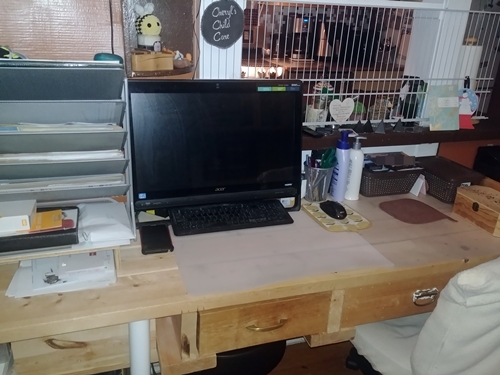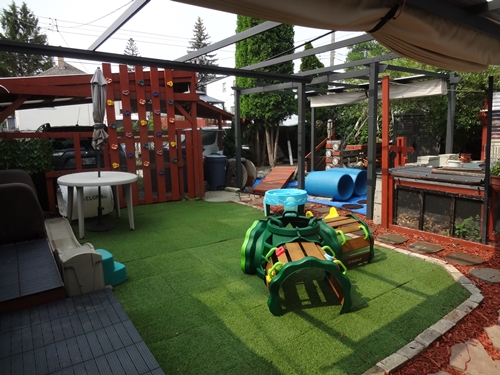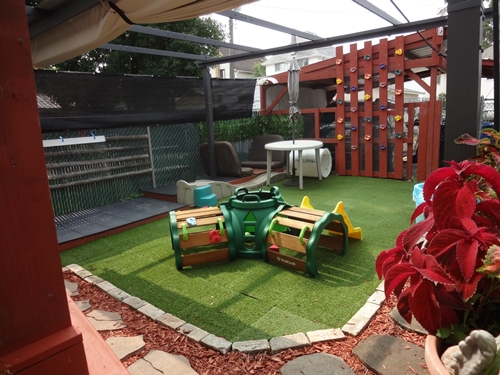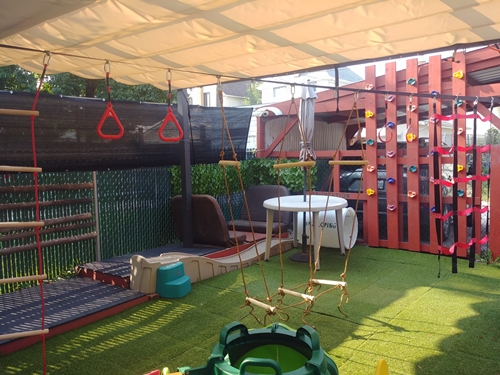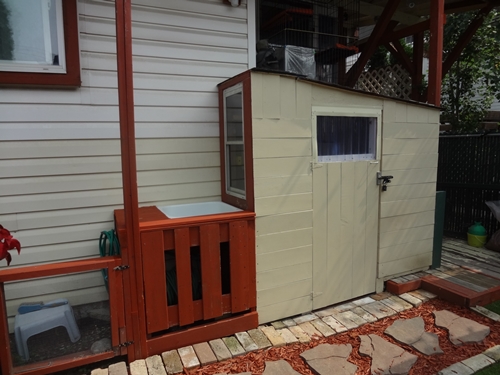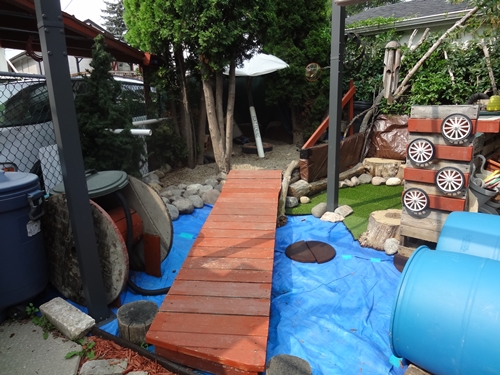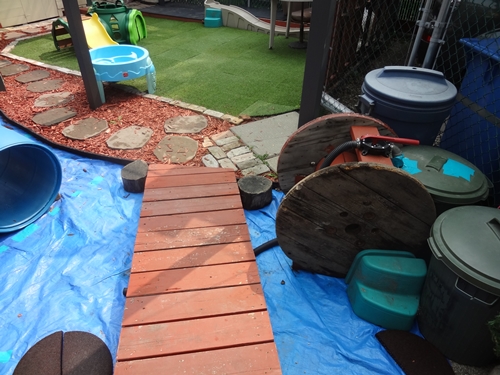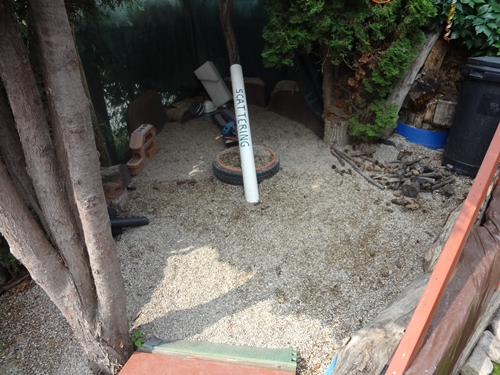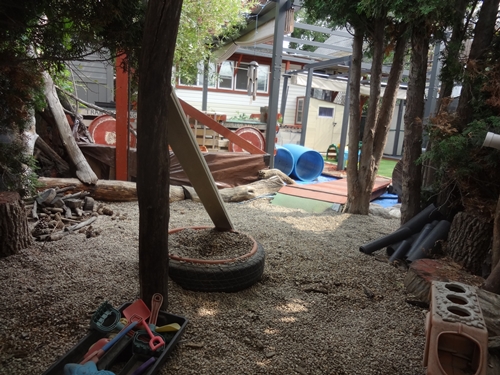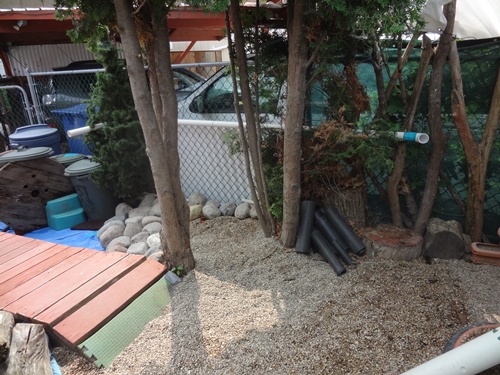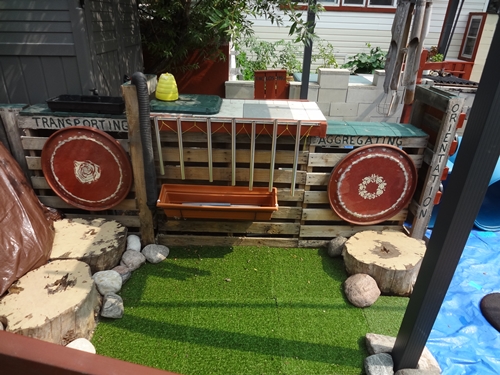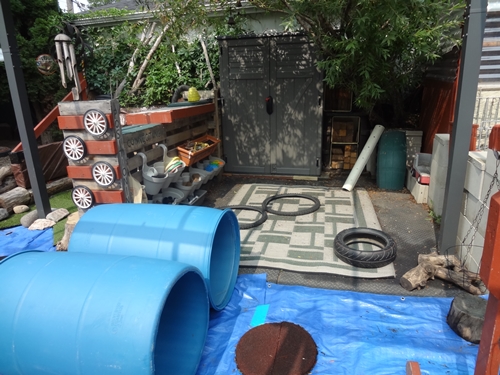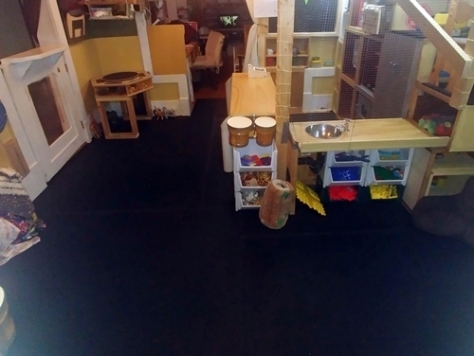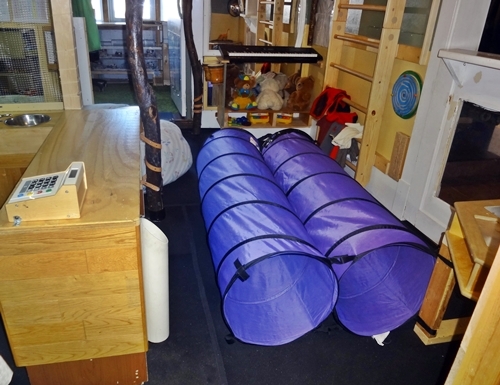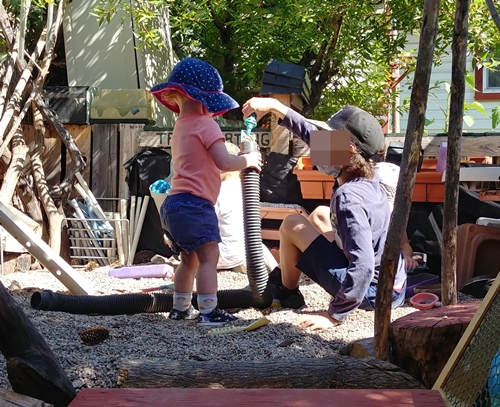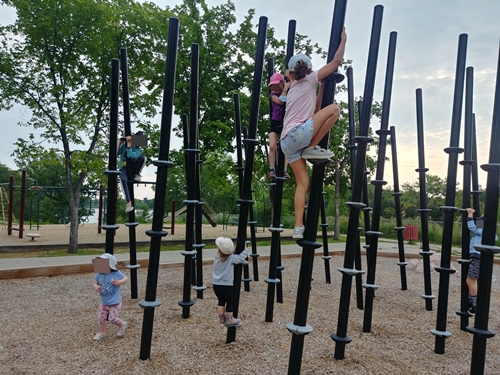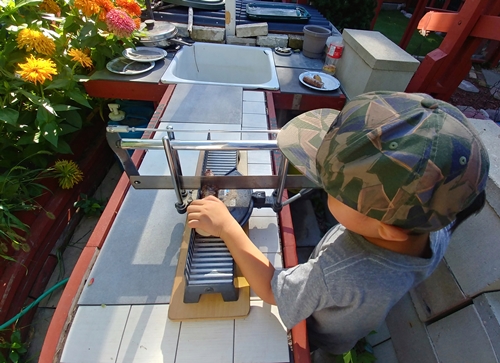I don’t usually make New Year’s resolutions – but this year I did.
It’s no secret that I like to plan big projects for any periods of downtime – like my summer ‘vacation’ days. I don’t like to travel, and I say I don’t like relaxing, but I’m not certain that is truly accurate. Things that involve being pampered or catered to are not things that I enjoy – in fact, they are more likely to make me feel uncomfortable and stressed. Likewise, sitting still for any length of time is difficult for me and requires an immense amount of mental effort.
I feel ‘relaxed’ – maybe centered, invigorated or rejuvenated are better descriptions – by doing things like going to the gym, hiking, doing yardwork, cleaning or working on projects around the house like painting or installing new flooring etc. Things that keep me moving but don’t require me to carry on conversations with other people – these things are ‘relaxing’ – they allow my mind to wander and dream without interruption.
My summer vacation to-do list starts forming late fall/early winter and continues to grow until June. Every year the summer project list also includes some indoor ‘organizing’ items in case there are any bad weather days on my vacation. These tasks are always at the bottom of the list and usually get put off – mostly because I’d rather do the outdoor tasks regardless of the weather – but also because they tend to be more stationary ‘activities’.
This is where this post truly begins. Putting off these organizing tasks – especially the ones that involve paperwork and filing – over and over again had become an issue. My filing cabinet became too full to add any more papers to the folders so loose papers were just laying on top of the folders and were prone to falling off if the cabinet drawer was opened.
Due to having no available space in the filing cabinet there were multiple piles of ‘to-be-filed’ papers collecting on my desk. It was becoming almost impossible to find any workspace or even a flat spot to put my computer keyboard, mouse, or coffee cup. This, along with my already established distain for sitting still, definitely contributed to my delaying other paperwork type tasks. Related side story…
Montgomery had gone for his annual vet visit in October 2022 and received his rabies vaccination. I put the receipt and vaccination certificate, with new tag still attached, on my desk – I planned to file them after I put the new tag on Montgomery’s collar. Fast forward seven months to May 2023 – childcare relicensing visit. My coordinator asked for the required proof of pet vaccination and I KNOW it is on my desk but cannot find it! *sigh* Had to contact the vet, get another copy, complete an inspection agreement form and submit it to my coordinator to prove he was fully vaccinated.
I think that, though I add organizing activities as small tasks for bad weather days, I know that they are really immense tasks. They may start as ‘Sort through the miscellaneous items in the drawer/box/bin’, but they snowball because sorting and organizing papers and small items requires, removing things from where they are stored and making piles of loose things.
Putting away those loose things requires getting out the storage container where the items belong – containers which should be sorted through before anything new gets added…making more piles of loose things. It takes a lot of time to do properly and it always gets much worse before it gets better. It is overwhelming.
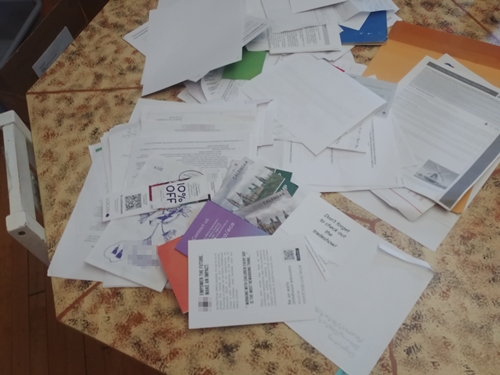
I tend to use the childcare space for organizing things. It is the largest open space and it is unused when the daycare is closed. I can spread stuff out to sort and leave it there while I take a break or cook supper etc. and it isn’t going to bother my family. However, when I run out of time (which I most certainly will do), I frantically stuff unsorted items back into containers so I can clean the rooms before the children return.
I’ve now created even more containers of miscellaneous items that need to be sorted…
So this year I tried something different. The winter break consists of three paid holidays and two weekends but there are also three work days. Depending how the holidays land, the three work days could be centered between two long weekends or broken up into single days between holidays and weekends.
Many of my families have extra time off during this period and do not all require childcare. Typically I have kept the daycare open for those three work days. I do some year end paperwork on the extra days off but don’t plan any big projects due to the variable combination of work days and off days.
This year I closed for those three days resulting in a whopping ten day winter holiday! I reorganized some toy storage, cleaned out the filing cabinet, and cleared off my desk. Did I get everything done? No, of course not, my to-do list never ends – but I feel so much better. I found Montgomery’s original vaccination certificate and rabies tag. I created only one extra box of ‘to be shredded’ papers but no boxes of miscellaneous stuff.
So that New Year’s Resolution…I’m going to modify my policies to officially close those three work days between Christmas and New Year’s day every year. My summer vacation will still have an exciting list of fun projects – but no paperwork. My new annual winter holiday will now be dedicated to sorting and organizing because this is how the new year should start…
